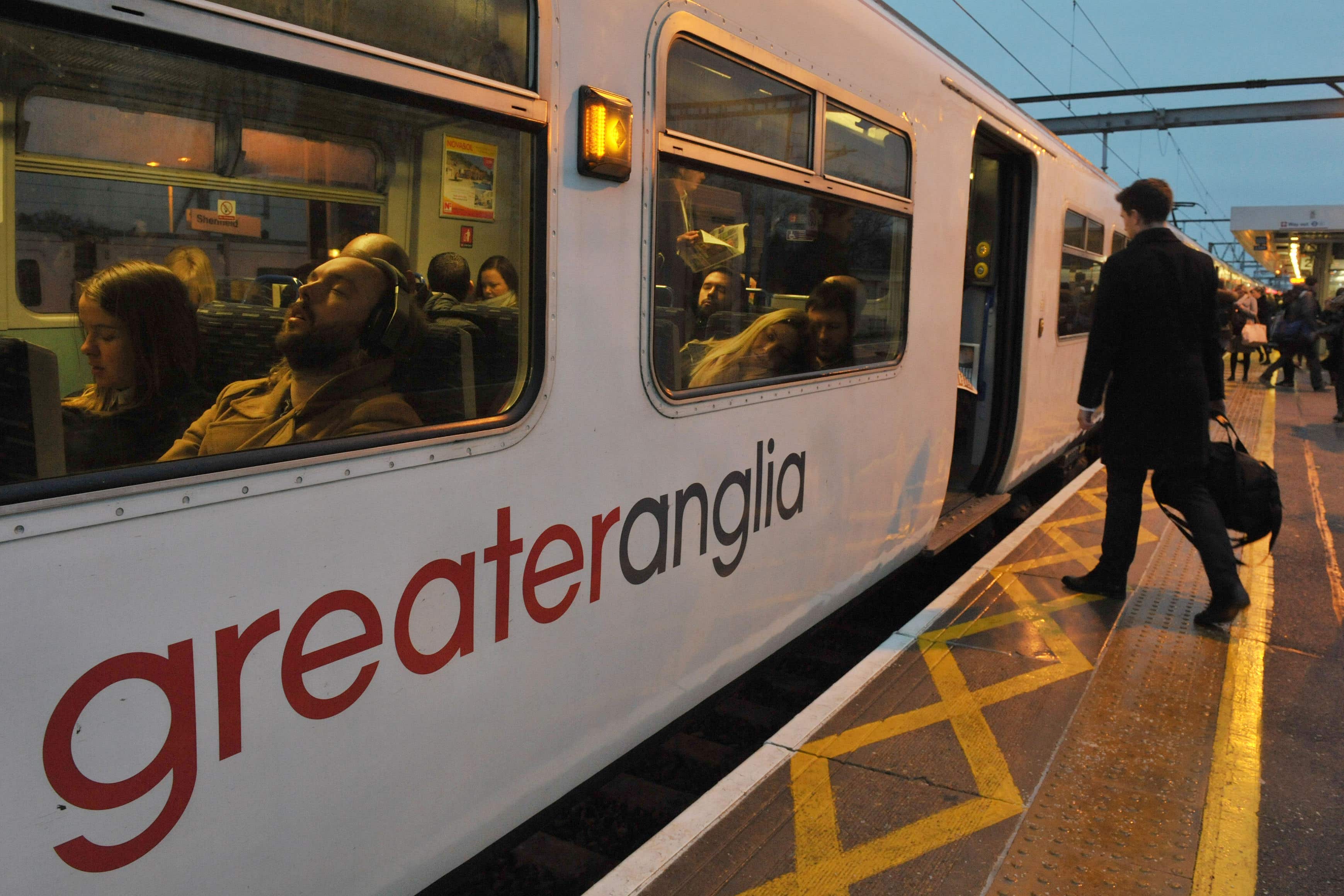What proportion of rail services will be in public hands by the end of 2025?
At present, seven rail operators are in public hands, which together account for nearly a quarter of rail journeys.

Your support helps us to tell the story
From reproductive rights to climate change to Big Tech, The Independent is on the ground when the story is developing. Whether it's investigating the financials of Elon Musk's pro-Trump PAC or producing our latest documentary, 'The A Word', which shines a light on the American women fighting for reproductive rights, we know how important it is to parse out the facts from the messaging.
At such a critical moment in US history, we need reporters on the ground. Your donation allows us to keep sending journalists to speak to both sides of the story.
The Independent is trusted by Americans across the entire political spectrum. And unlike many other quality news outlets, we choose not to lock Americans out of our reporting and analysis with paywalls. We believe quality journalism should be available to everyone, paid for by those who can afford it.
Your support makes all the difference.Labour’s first wave of rail renationalisation means that by the end of 2025, about four in 10 journeys on Britain’s trains are likely to be on services that are publicly-owned.
At present, nearly a quarter of passenger journeys across the country are on services run by companies that are in public hands.
Four of these companies – London North Eastern Railway, Northern Trains, Southeastern Trains and TransPennine Express – are owned by the UK Government’s Department for Transport, through a holding company that acts as an operator of last resort.
In Wales, TfW Rail is part of Transport for Wales, a company owned by the Welsh Government, while in Scotland, ScotRail and the Caledonian Sleeper are both owned by Scottish Rail Holdings, part of the Scottish Government.
These seven publicly-owned operators together accounted for 23% of passenger journeys on rail services in Britain in 2023/24, according to PA news agency analysis of data published by the Office of Rail and Road.
All seven have been brought under public control in recent years, beginning with London North Eastern Railway in 2018, followed by Northern Trains in 2020, Southeastern and TfW Rail in 2021, ScotRail in 2022, and the Caledonian Sleeper and TransPennine Express in 2023.
They had previously been run by privately owned companies, along with the rest of train services in Britain, which has been the default model since the rail network was privatised by John Major’s Conservative government in the mid-1990s.
Labour announced on Wednesday that three more operators will be renationalised during 2025, as a first step in returning all rail services to public hands.
The three are c2c – which runs services in east London and parts of Essex – Greater Anglia and South Western Railway.
Together, these three companies accounted for 16% of passenger rail journeys in Britain in 2023/24.
Once all three are renationalised, the total proportion of rail journeys on services in public hands would jump from the current figure of 23% to a new figure, based on 2023/24 data, of 39%.
The remaining 61% of journeys in Britain would be on services operated by UK-based private companies such as FirstGroup, which currently runs GWR, Hull Trains and Lumo Trains; organisations headquartered in a foreign country but which own companies based in the UK, such as I Squared Capital, owner of Arriva UK Trains which currently runs Chiltern Railways, CrossCountry, Grand Central and the London Overground; or a combination of both in partnership, such as Avanti West Coast, which is owned jointly by FirstGroup and the Italian public-private company Trenitalia.